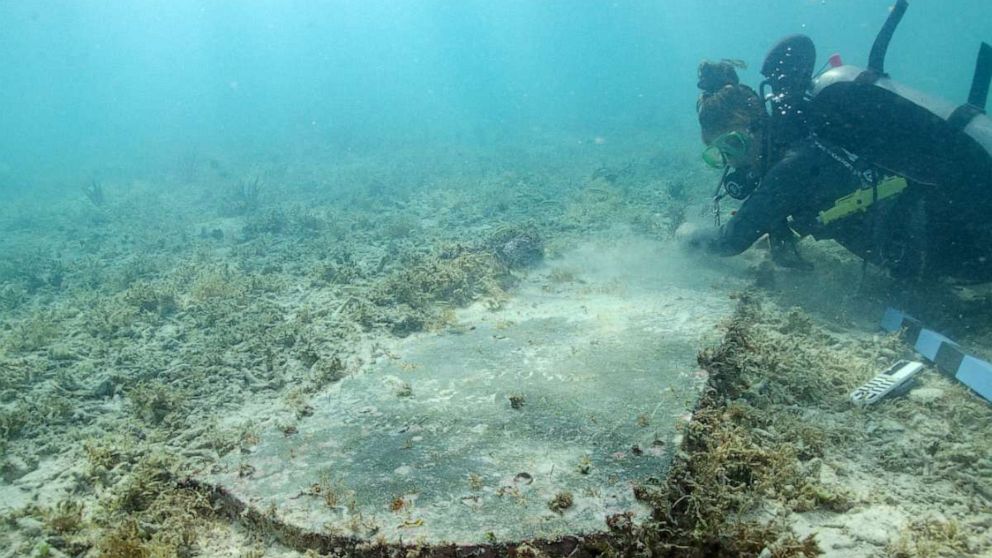Several organizations went exploring around a submerged island near Key West, Florida and they found the archeological remains of a 19th century hospital with valuable insights into the past. The National Park Service confirmed that the hospital served as a quarantine and cemetery for patients with yellow fever between 1890 and 1900. It’s located off the coast of Garden Key, the second largest island in Dry Tortugas National Park.
Historical records show that dozens of U.S. soldiers stationed at Fort Jefferson were treated at the hospital, many of whom were likely buried on the premises, but some civilians may have died there as well. At least one grave has been identified, according to the NPS. The headstone belongs to a man named John Greer, who died after working at Fort Jefferson on November 5, 1861.
It’s not clear how he died, but historians say his grave was marked with greywacke, the same material that was used to construct the first floor of Fort Jefferson, the largest brick masonry structure in the Americas. Built in 1847, the military fortress encompasses 16 acres and contains over 16 million bricks.
It was mostly used as a military prison during the American Civil War, but the surrounding territory was also used as a naval coaling outpost after the war came to an end. The naval hospital and quarantine facility were built to support these operations.
But the spread of yellow fever and other communicable diseases decimated the local population. The facility was full of sick workers, soldiers, prisoners, enslaved people, and their families by the end of the 19th century. Additional quarantine centers and patient facilities were built as the disease continued to spread like wildfire. Putting the sick and infirm on islands was a way of physically isolating them from other patients.
“The transfer of sick and dying patients to these small islands, isolated from the congested Fort Jefferson, likely saved hundreds from a similar fate,” the NPS said.
The use of these islands as sick bays ended in 1873 after Fort Jefferson was abandoned. But the U.S. Marine Hospital Service kept one hospital in operation until 1900 when it finally shut down.
Divers conducted a search of the premises in August 2022 and the discovery is just now coming to light. Josh Marano, maritime archeologist for the south Florida national parks and project director for the survey, said it reflects the untold stories in Dry Tortugas National Park, “both above and below the water.”
“Although much of the history of Fort Jefferson focuses on the fortification itself and some of its infamous prisoners, we are actively working to tell the stories of the enslaved people, women, children and civilian laborers,” Marano added.
Those involved said the hospital is now under water largely due to climate change. Rising sea levels are depleting the natural resources in the natural park and it’s having an effect on the area’s national treasures. Researchers are still trying to piece together the story of Greer’s life and the other people buried at the site. The remains of the hospital are being preserved by the South Florida National Parks Cultural Resources Program.



